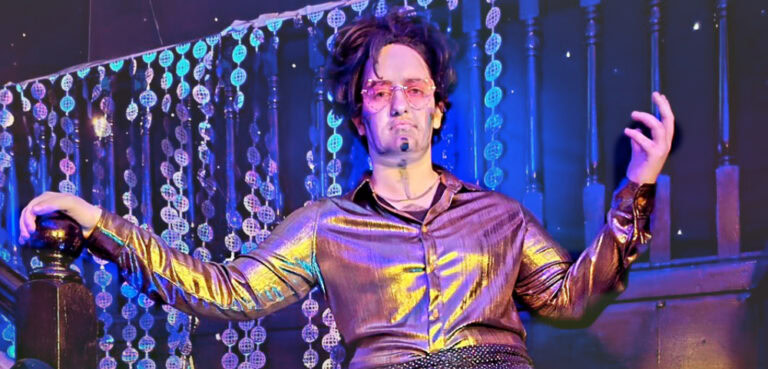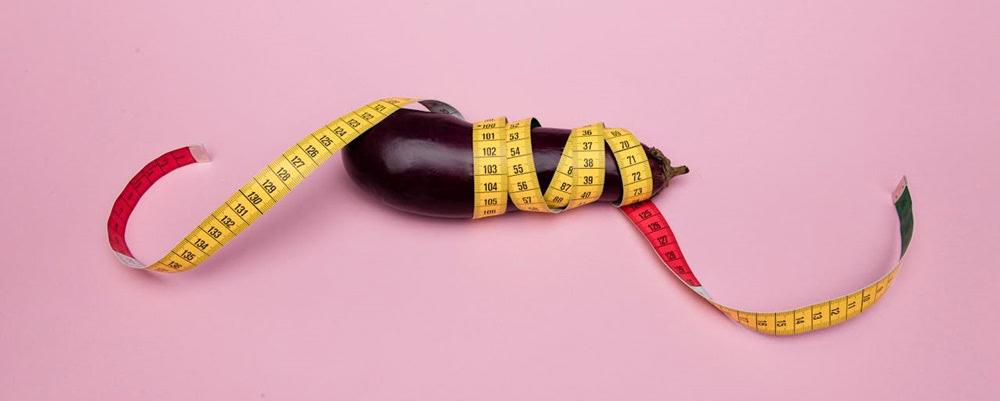

INTERSEX people are born with atypical physical, hormonal or genetic sex characteristics. Historically, the word “hermaphrodite” was used. Hermaphrodite has since become more closely associated, in biology, with species that can perform “male” and “female” sexual functions — something impossible in mammals. Intersex describes 40 or more known diagnoses, most of them genetic, with an extraordinary variety in bodies and identities. Medicine collectively calls them “Disorders of Sex Development”, a term which pathologises us as having individual disorders that can be fixed. Very many of us are made to physically conform to sex and gender norms.These expectations to become “real men” or “real women” are also what make us part of the rainbow LGBTI family.
Intersex people come in all shapes and sizes, and identities. Gay, queer, and straight, mothers of adopted or natural kids, guys with facial hair, and naturally androgynous people. A minority change gender, but most will have had medical intervention to confirm a sex — and this is often something that we have had no choice about. It doesn’t make us trans*.
Just like there are trans men and trans women, and gay men and even gay women, there are intersex men and intersex women. There are also intersex people who identify as male and female, and others who reject gender categories. Any of those are the right way for an intersex person to identify. Conceiving of intersex as a homogeneous third identity ignores most of us. It ignores what binds us together.
A Senate Committee report published in October last year detailed the purpose of genital “normalisation” surgery on intersex infants and kids in stark terms: “surgery is intended to deconstruct an intersex physiology and, in turn, construct an identity that conforms with stereotypical male and female gender categories.”
Such interventions were once based on a discredited belief that children need particular genitals to identify a certain way. Now they’re based on a belief that surgery prevents stigmatisation or even, in Victoria, that it improves marriage prospects. A foundational 2006 medical document recommends surgeries for “minimizing family concern and distress” and “mitigating the risks of stigmatization and gender-identity confusion”.
Yet the belief that intersex bodies need to be surgically modified to be socially acceptable itself causes stigmatisation. It has real and lifelong consequences: making children feel that they can’t be loved as they are, and affecting adults’ capacity for intimacy and sexual relations. Surgeries, follow-up surgeries and examinations provoke trauma.
Development of a gender identity is known to happen independently of any medical interventions that take place. The existence of trans people shows that there are no certainties about future gender identities, yet infant surgeries take place before a child has developed a gender identity.
Despite these issues, the ACT Government is considering the introduction of a third “intersex” category on birth certificates, and the High Court is due to rule on the case of a trans person with “non-specific” gender, who really wants to be declared intersex. And so identity issues are newsworthy, and even posed as the solution to hitherto unreported medical protocols.
In Australia, adults — intersex or trans — can choose to identify as ‘X’ on passports and in other dealings with federal government. Availability has pretty much matched demand since 2011, when the Gillard Government improved access, and the passport is perfectly usable for travel to Europe, if not the US or Middle East. It is really important for some intersex people, and it also appeals to many trans folk. But it is wrong to assume that all intersex people would choose an ‘X’.
The gender identities and the intersex status of intersex people who superficially appear female or male, or who identify their gender as female or male, are constantly questioned and treated as suspect. Many’s the press report titled “man discovers he’s really a woman”, and many’s the overheard comment saying “she’s not really a woman”. Regarding intersex as a third sex exacerbates this problem, treating all intersex male or female identities as suspect.
We welcome recognition that sex is more than just male or female — and some of us need it — but we don’t want to see a third sex imposed on intersex people without consent. We don’t welcome simplistic claims that a third classification will improve lives for third-gendered people, any more than two classifications improve the lives of women.
We don’t want a third classification to be named “intersex”. A third classification called “intersex” would just reinforce the notion that genitals and identities need to match — a disaster particularly for intersex people subjected to surgery to reinforce the wrong sex in infancy.
We don’t agree that a third classification will reduce the pressure on parents of intersex children to make their child look “normal”. Unnecessary medical intervention must be addressed by eliminating the need for children’s genital appearance to meet a social “norm” — and this is our most pressing issue.
Morgan Carpenter is the president of Organisation Intersex International Australia. He tweets via @morgancarpenter










I can’t figure out how a man who is XXY can be discriminated against, or how it can be written into law that he can’t be discriminated against?
I’d love to be aloe to be shown an example of how a perfectly ordinary looking man can be discriminated against.